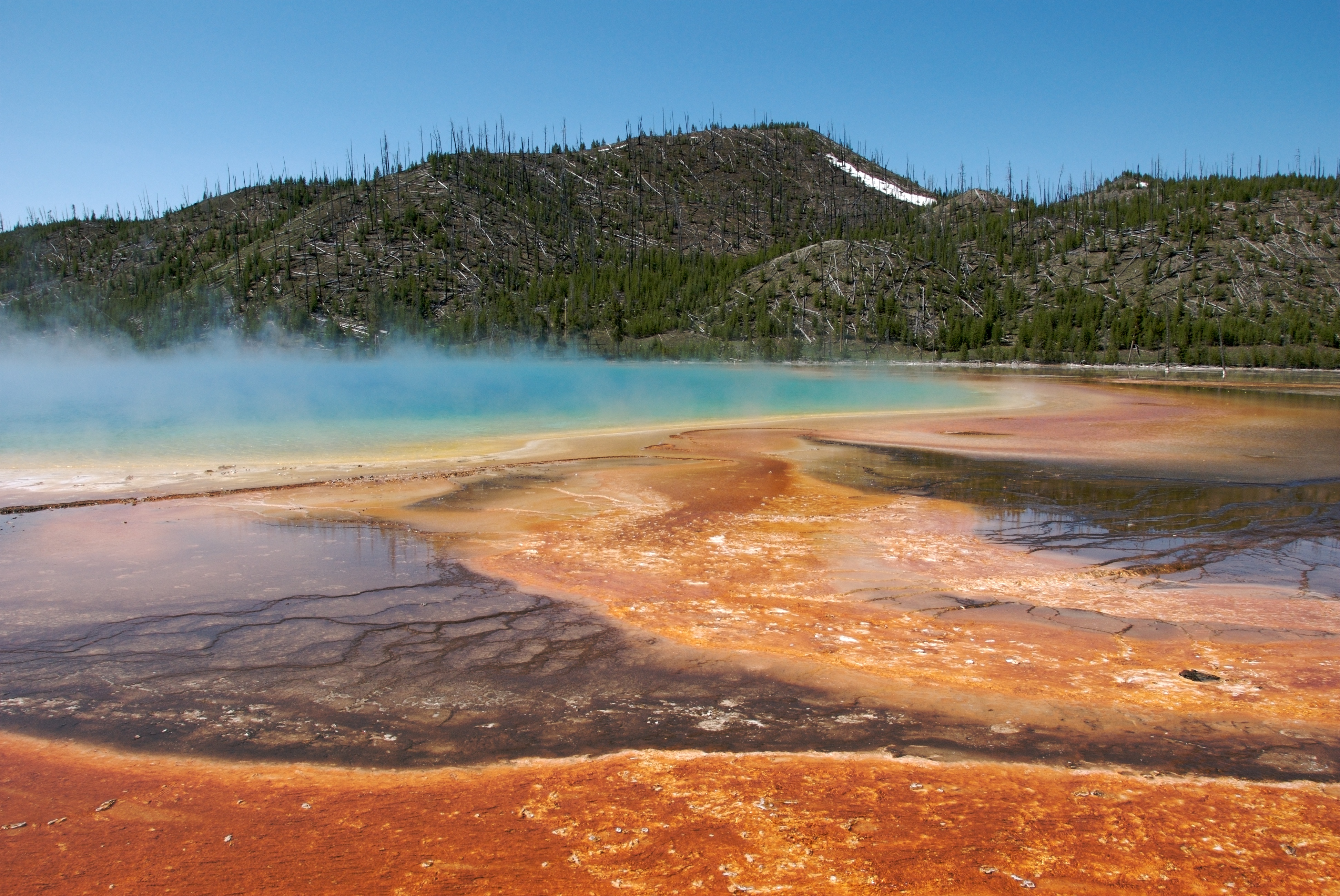|
Geobiology
Geobiology is a field of scientific research that explores the interactions between the physical Earth and the biosphere. It is a relatively young field, and its borders are fluid. There is considerable overlap with the fields of ecology, evolutionary biology, microbiology, paleontology, and particularly soil science and biogeochemistry. Geobiology applies the principles and methods of biology, geology, and soil science to the study of the ancient history of the co-evolution of life and Earth as well as the role of life in the modern world. Geobiologic studies tend to be focused on microorganisms, and on the role that life plays in altering the chemical and physical environment of the pedosphere, which exists at the intersection of the lithosphere, atmosphere, hydrosphere and/or cryosphere. It differs from biogeochemistry in that the focus is on processes and organisms over space and time rather than on global chemical cycles. Geobiological research synthesizes the geologic record ... [...More Info...] [...Related Items...] OR: [Wikipedia] [Google] [Baidu] |
Lourens Baas Becking
Lourens Gerhard Marinus Baas Becking (4 January 1895 in Deventer – 6 January 1963 in Canberra, Australia) was a Dutch botanist and microbiologist. He is known for the Baas Becking hypothesis, which he originally formulated as ''"Everything is everywhere, but the environment selects"''. Biography Baas Becking was born in Deventer on 4 January 1895. Baas Becking studied microbiology at Delft University before studying biology at Utrecht University with a focus on botany. de Wit and Bouvier (2006) p. 756 In between completing his studies in Utrecht and submitting his thesis, Baas Becking worked in the laboratory of Thomas Hunt Morgan in the United States. In 1923, Baas Becking accepted the position of professor at Stanford, where he taught economic botany and plant physiology. Baas Becking's studies at Stanford heavily influenced his later work by introducing him to research on extremophiles, research he conducted himself as the director of the Jacques Loeb Marine Laborato ... [...More Info...] [...Related Items...] OR: [Wikipedia] [Google] [Baidu] |
Anthropocene
The Anthropocene ( ) is a proposed geological epoch dating from the commencement of significant human impact on Earth's geology and ecosystems, including, but not limited to, anthropogenic climate change. , neither the International Commission on Stratigraphy (ICS) nor the International Union of Geological Sciences (IUGS) has officially approved the term as a recognised subdivision of geologic time, although the Anthropocene Working Group (AWG) of the Subcommission on Quaternary Stratigraphy (SQS) of the ICS voted in April 2016 to proceed towards a formal golden spike (GSSP) proposal to define the Anthropocene epoch in the geologic time scale (GTS) and presented the recommendation to the International Geological Congress in August 2016. In May 2019, the AWG voted in favour of submitting a formal proposal to the ICS by 2021, locating potential stratigraphic markers to the mid-twentieth century of the common era. This time period coincides with the start of the Great Accelerat ... [...More Info...] [...Related Items...] OR: [Wikipedia] [Google] [Baidu] |
Yellowstone - Asessions
Yellowstone National Park is an American national park located in the western United States, largely in the northwest corner of Wyoming and extending into Montana and Idaho. It was established by the 42nd U.S. Congress with the Yellowstone National Park Protection Act and signed into law by President Ulysses S. Grant on March 1, 1872. Yellowstone was the first national park in the U.S. and is also widely held to be the first national park in the world. The park is known for its wildlife and its many geothermal features, especially the Old Faithful geyser, one of its most popular. While it represents many types of biomes, the subalpine forest is the most abundant. It is part of the South Central Rockies forests ecoregion. While Native Americans have lived in the Yellowstone region for at least 11,000 years, aside from visits by mountain men during the early-to-mid-19th century, organized exploration did not begin until the late 1860s. Management and control of the park ... [...More Info...] [...Related Items...] OR: [Wikipedia] [Google] [Baidu] |



